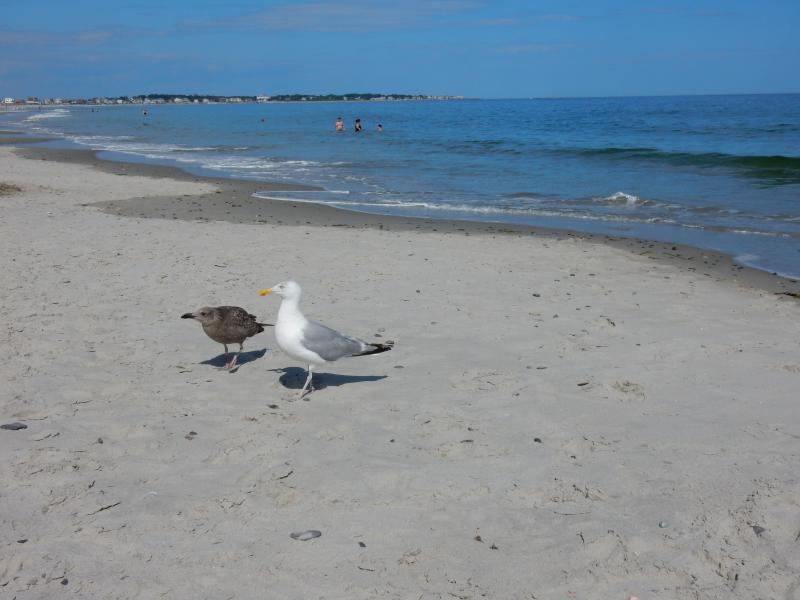Yes, we know. The phrase “dog days of summer” came from the ancient Greeks noticing that the Dog Star rose just before the sun from July through early August. They considered that period one of the hottest times of the year and a period when one might be beset with illness or other woes.
Today we seem to think of this typically hot and sultry time in a similar fashion even if few people know what dogs have to do with it.
Birders, too, may feel as though this time of year is not one offering towering highlights of birding experience. True, the heady rush of spring’s returning migrants is long gone, the summer symphony of breeding season song has now dissipated to the occasional short outburst of some persistent robin or cardinal, and the tinge of cold that ushers in the waves of fall migrants is still some weeks away.
But wait.
Pull those binoculars back out from the closet because right now we are entering what we would like to propose as “The Bird Days of Summer.”
Great birding and great mysteries await the birder who ventures afield at this time of year.
Young birds, newly sporting their first feathers and learning how to fly and feed are scattering across the landscape. Adult common terns that nested on some offshore island lead their young to shallow bays and estuaries to teach them to hunt for small fish. Sometimes the less common roseate terns, with their long, flowing tails, will show up as well. Juvenile Bonaparte’s gulls, hatched far to our north in Canada’s Boreal Forest, begin arriving on lakes and saltwater right about now as well.
On the mudflat or in the saltmarsh (like at the BRLT’s Zak Preserve), now is the time to watch for the increasing numbers of Arctic- and Boreal Forest-breeding returning shorebirds—sandpipers, plovers, and the yellowlegs we wrote about last week.
Countless immature warblers and sparrows and other songbirds are making short-distance movements around the landscape as well. Every day could bring in something new to your backyard or favorite natural area. True, some of them may take some patience to identify in their immature plumages. Even harder still can be the adults that haven’t yet molted into new feathers, and are so worn and shabby that they look nothing like they did in May and June. Some individuals may even have to slip away unidentified. But isn’t that just part of the great mystery of the natural world and our own ability to understand it?
Then there are the great wayfaring wanderers of the avian world that excite the imagination of most birders. Maybe these wanderers are species that had an unsuccessful breeding season and decided to start moving around to explore the rest of the summer. Some could be birds that bred much earlier in the year in their normal range and began wandering. Others could be immature non-breeders that won’t settle down until next summer.
Already in our Bird Days of Summer, a very rare brown pelican was spotted flying past an island in the Gulf of Maine. A vagrant western kingbird was photographed north of Bangor.
Who knows what’s next?
Jeffrey V. Wells, Ph.D., is a Fellow of the Cornell Lab of Ornithology. Dr. Wells is one of the nation's leading bird experts and conservation biologists and author of the “Birder’s Conservation Handbook.” His grandfather, the late John Chase, was a columnist for the Boothbay Register for many years. Allison Childs Wells, formerly of the Cornell Lab of Ornithology, is a senior director at the Natural Resources Council of Maine, a nonprofit membership organization working statewide to protect the nature of Maine. Both are widely published natural history writers and are the authors of the popular book, “Maine’s Favorite Birds” (Tilbury House) and the just-released “Birds of Aruba, Bonaire, and Curaçao” from Cornell University Press.






























